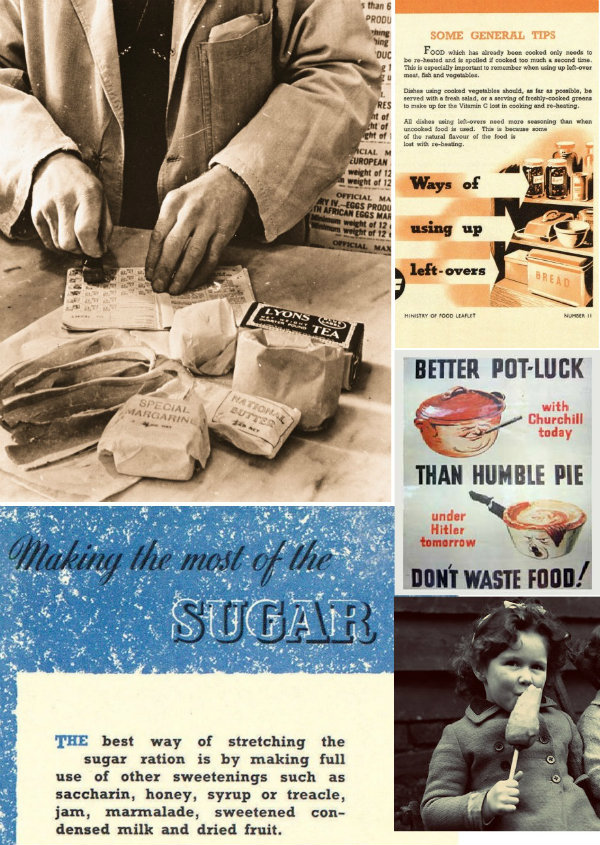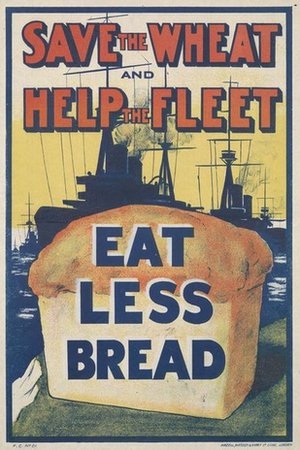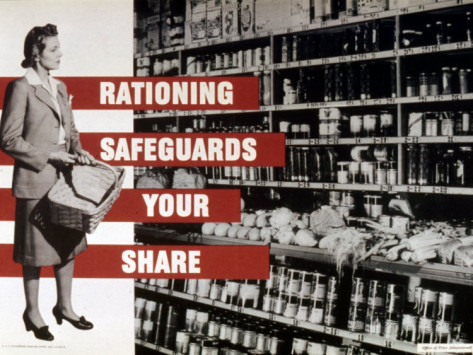When we speak of WWII, we think gruesome battles, the war technologies used and all the lives lost in its horrors; but do we also think about rationing? Yes, food rationing was part and parcel of WWII as what the book, Eating for Victory, reveals. Below are some war rationing facts and rationing tips we could all learn from. Who knows? We may need this acquired information about rationing in the near future.
Rationing in Britain was introduced in January of 1940. The Ministry of Food was the one responsible for overseeing food rationing throughout the country. In lieu with food austerity, the ministry released a number of leaflets dealing with various categories on food conservation. While some explained what to do or how to use new ingredients like dried eggs, others offered helpful tips on how to get most out of the food being rationed.
The Ministry of Food was run rather very effectively by Sir Jack Drummond and the Minister Lord Woolton. They were the ones who made rationing simple within the country — by confining what was rationed to the food items wherein supplies were guaranteed.
It was also the Ministry of Food which decided on the increase of supplies of canned fatty fishes and pulses. However, imports on fruits, except oranges, were reduced as they consumed too much of the country’s shipping resources.
Everyone – men, women and children – were each given ration books. Food prices were controlled, set at a standard rate so poorer individuals would still be able to buy the food items that they needed.

Not all foods were rationed during the WWII-era. Some of these were offal, rabbit, game and even chicken. Bread and potatoes were not rationed, too. But the white bread kind was replaced with the wholemeal kind, known back then as the “national loaf”.
Fish wasn’t officially rationed but then, fish meat prices were either too expensive most of the time or they were hard to come by. Horse meat was also available while corned beef and Spam [the luncheon meat kind] came by to Britain in the latter years of WWII.
Aside from these food items, alcohol and cigarettes were not on ration, too. Nevertheless, they were on short supply and, like the fishes, were hard to come by.
Ironically, Britain was considered to be in its healthiest state during its food rationing years. The infant mortality rate declined while life expectancy, save those whose deaths were attributed to the ongoing hostilities, rose. The overall health of the British people improved. This was because people had access to a varied diet and foods with enough vitamins.
Rationing was not limited to the common people. Even restaurants and cafes had to contend with it. Aside from that, the maximum price for meals in food places was pegged at five shillings [an equivalent of about 25 pounds].
Manual and agricultural workers as well as pregnant women and children had exceptions when it came to food rationing. The workers were allowed to have extra cheese in their lunch boxes while the expecting mothers and the kids were allowed to have additional milk and eggs.
As food conservation was emphasized throughout WWII and even beyond it, hoarding of food became an offense punishable by imprisonment or fine.
Food rationing, as what was mentioned above, went on even after the war ended. In fact, two food items which never went on ration during the war, bread and potatoes, went on ration after WWII. Rationing officially ended in 1954 after cheese, meat and all fats came of ration.
WWII-like rationing Tips

Tips on making the Most out of Leftovers
Dishes which use leftovers need to have more seasoning compared to the uncooked ones as there is already a loss of natural flavor with the former compared to the latter.
Dishes with cooked vegetables need to be served with freshly-cooked greens of freshly-made salads to compensate for the loss of vitamin C.
Cooked foods need only to be reheated and not placed on fire for a long time lest they be spoiled.
On Using Stale Bread
During the war, every bread crumb counts so below are the various recipes one can do to stale bread.
The Fairy Toast was a recipe for stale bread that required for it to be sliced into very thin slices and baked until they are golden brown and crisp. Accordingly, they keep for months and could be likened to biscuits.
On the other hand, Wheatmealies were stale bread cut into one-fourth-inch squares and baked until they were brown just like the Fairy Toast. They were best served with sugar or milk for taste.
Finally, there was the Summer Pudding which consisted of stale bread soaked with stewed fruit [preferably red or black fruits if possible] in water and sugar. The pudding was eaten with custard.
Stretching the Sugar Ration
The Ministry of Food advised household managers to stretch up their sugar rations by making use of other sweeteners like dried fruit or condensed milk, jam and marmalade, syrup or treacle and even with the use of saccharin as well as honey.
